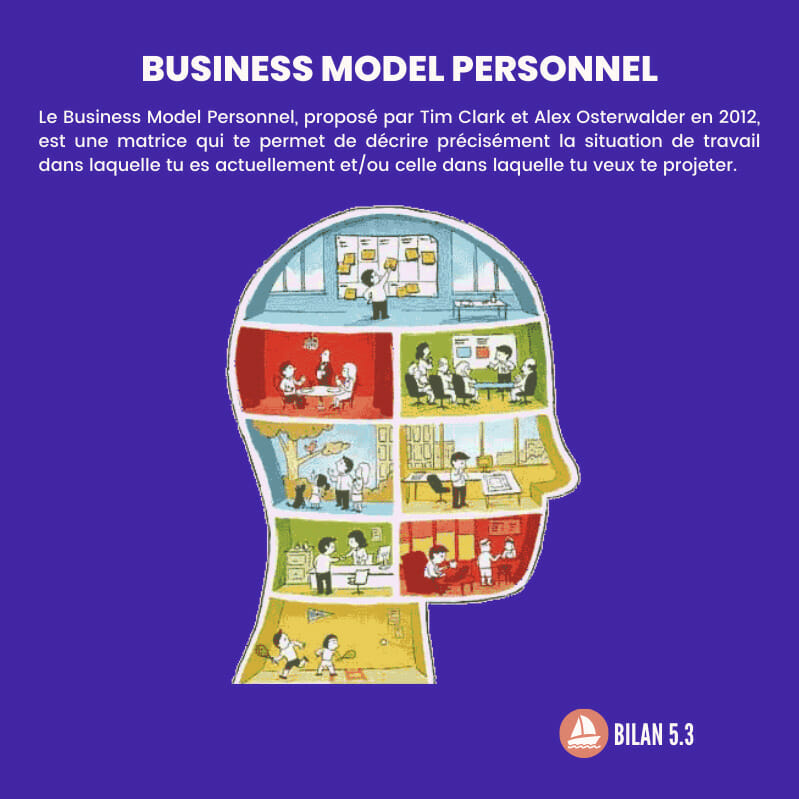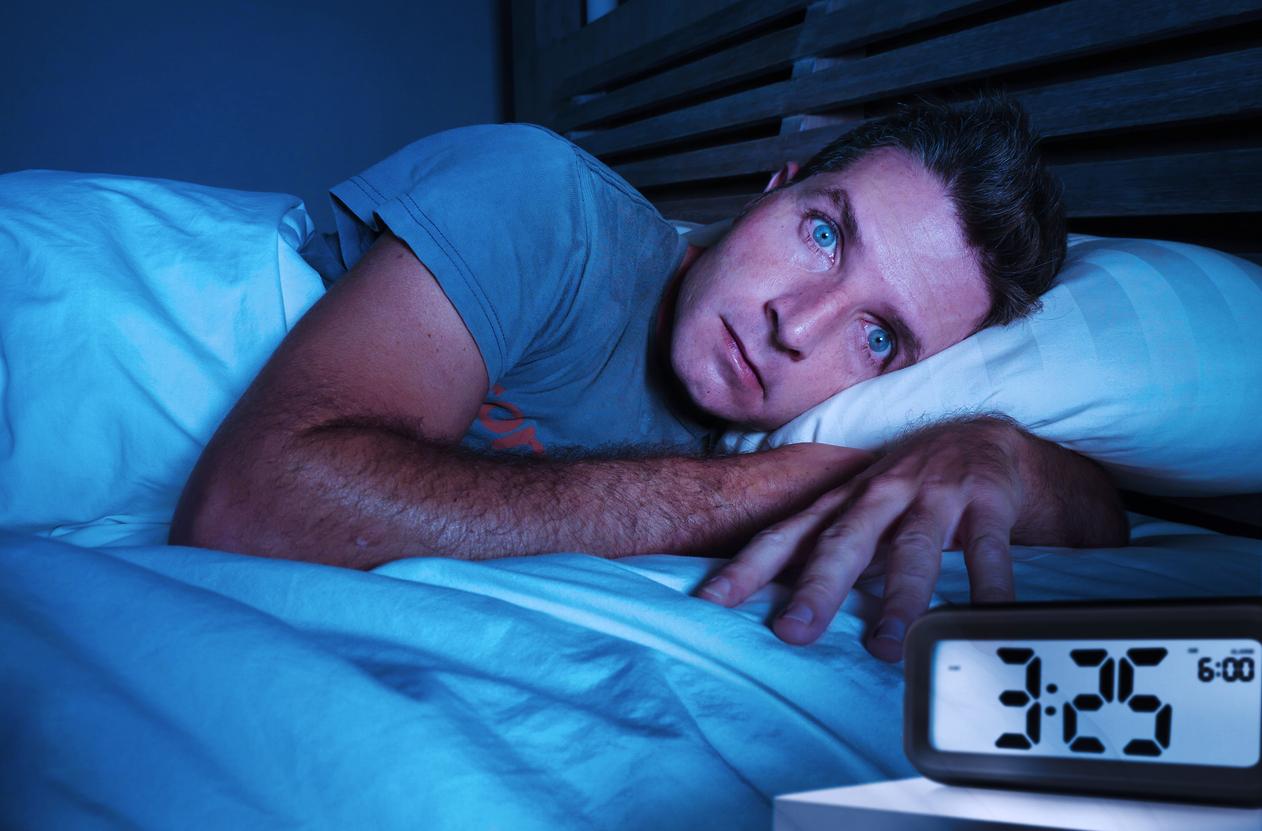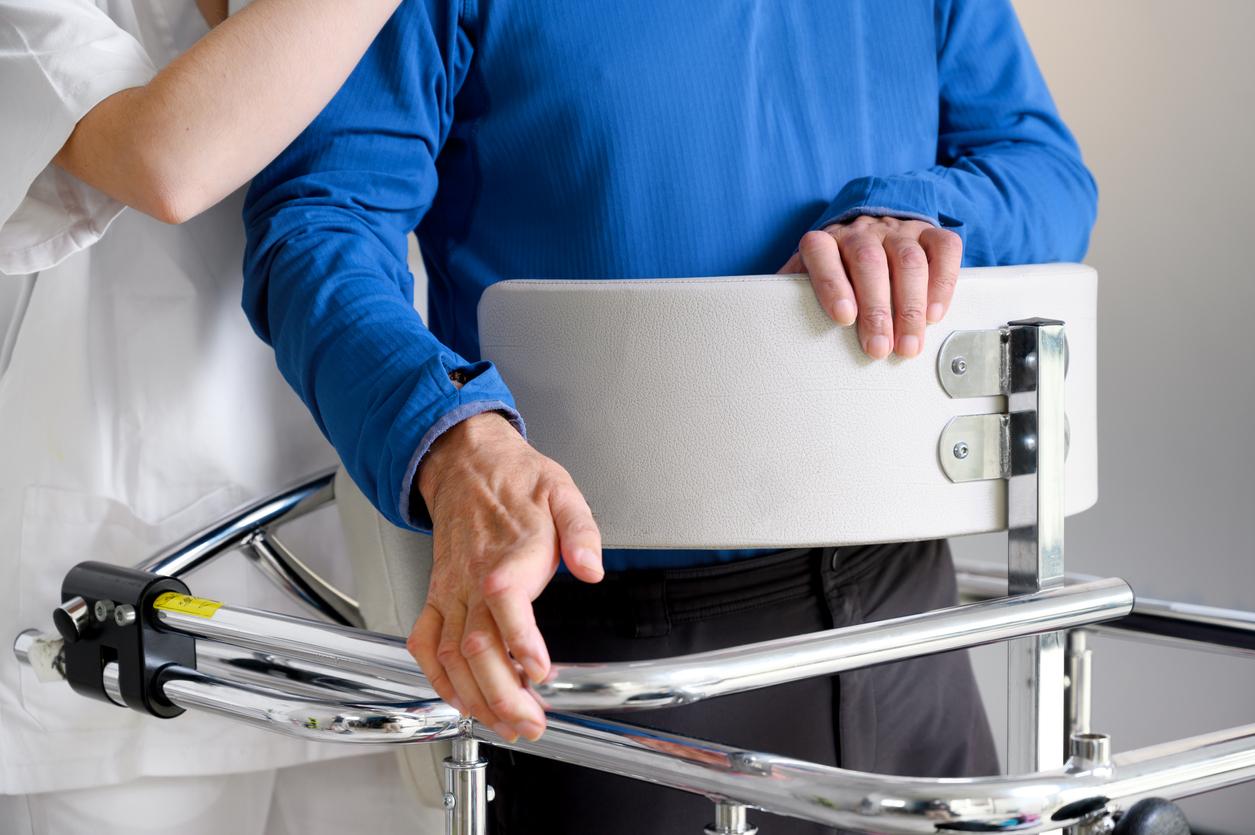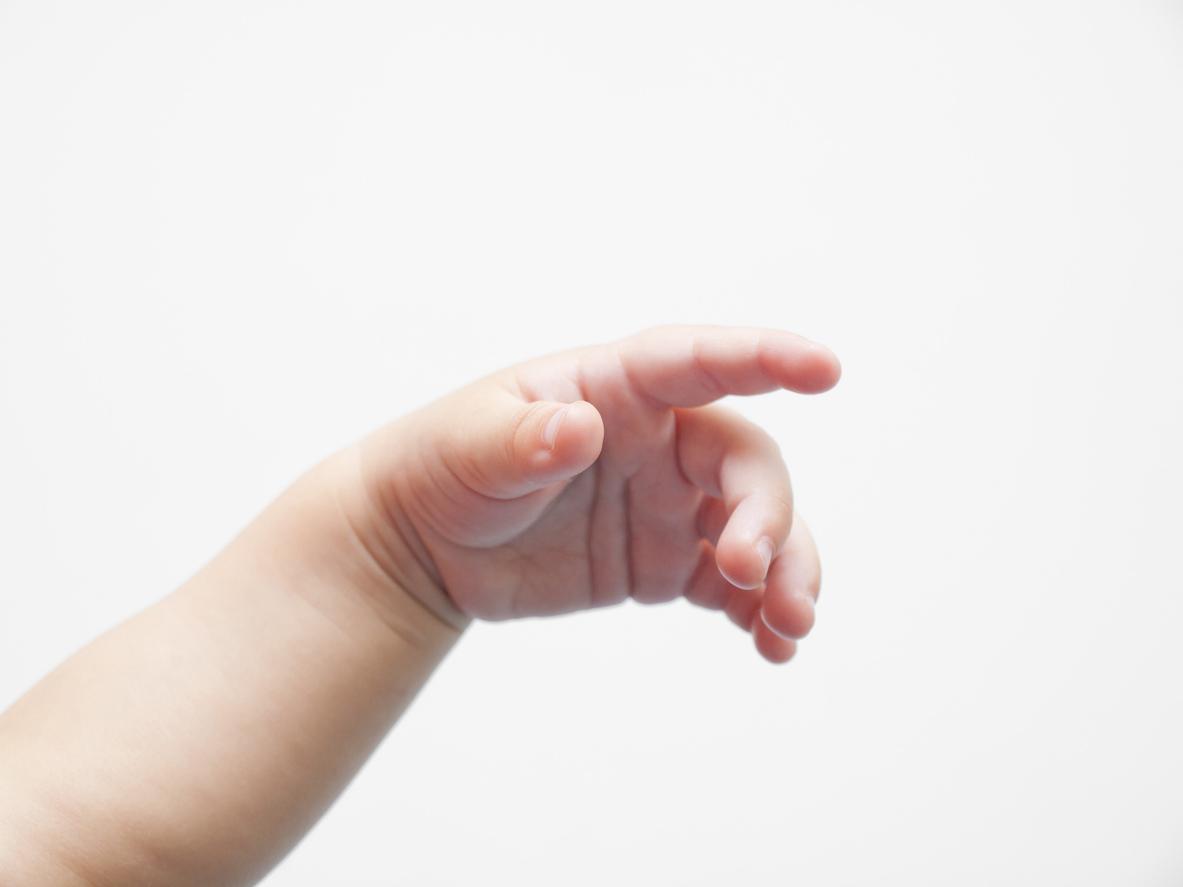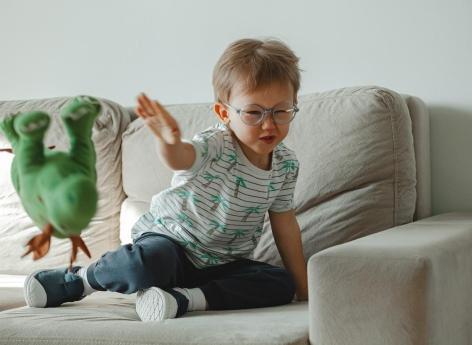In a new study, Japanese researchers observed that spontaneous movements participate in the sensorimotor development of a newborn.
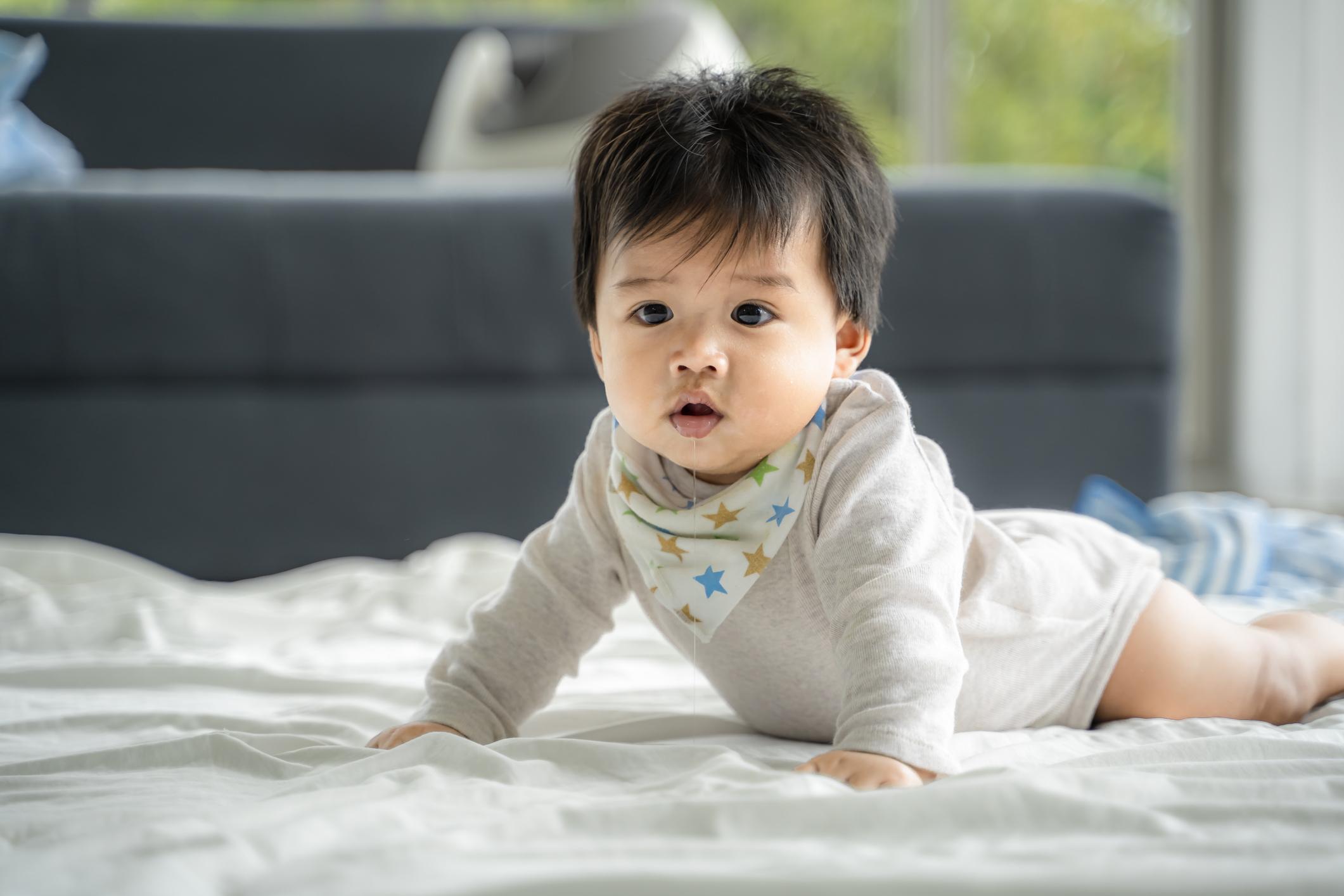
- The sensorimotor system corresponds to the development of sensory and motor activities in a child.
- A baby rarely remains static. It performs spontaneous movements for no apparent purpose or reason, according to Japanese researchers.
During pregnancy, it is common for the future mother to sometimes feel her baby kicking her. At birth, babies tend to kick, but also squirm and move for no apparent reason. This phenomenon is known as “spontaneous movements”. Researchers from the University of Tokyo (Japan) conducted a study to understand their role in the development of the sensorimotor system, the ability to control muscles, movement and coordination. The results of this work have been published in the journal Proceedings of the National Academy of Sciences.
A “sensorimotor wandering” in newborns
For the purposes of the research, the scientists recorded the joint movements of 12 healthy newborn babies under 10 days old and 10 infants around three months old using motion capture technology. They then estimated the babies’ muscle activity and sensory input signals with a musculoskeletal computer model of the infants’ bodies. Algorithms were also used to analyze the spatio-temporal characteristics of the interaction between input signals and muscle activity.
“We were surprised to find that during spontaneous movements, the infants’ movements ‘wandered’ and they continued various sensorimotor interactions. We named this phenomenon ‘sensorimotor wandering’., explained Professor Hoshinori Kanazawa, a researcher at the Graduate School of Information Science and Technology at the University of Tokyo. According to the head of the study, the development of the sensorimotor system depends mainly on the frequency of repeated sensorimotor interactions, which means that the more you perform the same movement, the more likely you are to learn and memorize it.
Random movements: indicators to identify developmental disorders
“However, our results showed that infants develop their own sensorimotor system based on exploratory or curious behavior, such that they do not just repeat the same action, but perform a variety of actions. In addition to this, our findings provide a conceptual link between early spontaneous movements and spontaneous neural activity.” explained Professor Hoshinori Kanazawa.
Even through sensorimotor wandering, babies showed increased coordinated whole-body movements and anticipatory movements. The movements made by the infant group showed more common patterns and sequential movements, compared to the random movements of the newborn group.
In the eyes of scientists, spontaneous and random movements therefore promote the development of the sensorimotor system of children. “If we can better understand these movements and how they mediate early development, we may also be able to identify early indicators of certain developmental disorders, such as cerebral palsy.”noted Professor Hoshinori Kanazawa.







